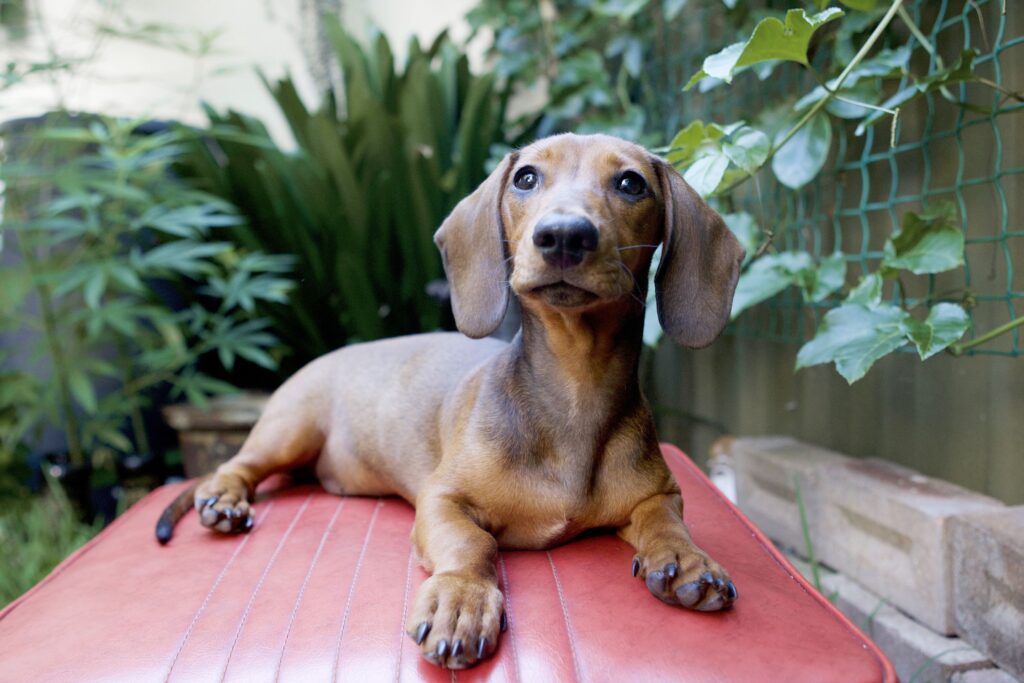Breed Characteristics
Generally, short-haired dog breeds require less grooming maintenance, which is a huge plus for busy families who are constantly on the go. Unlike long-haired breeds, a dog with short hair won’t need to have their coat trimmed, but they’ll still need to be brushed regularly.
Some short-haired dog breeds are “hypoallergenic,” which means they can be better for individuals with allergies.
Most short-haired dogs can also tolerate warmer temperatures since they don’t have long, heavy coats. The exception is brachycephalic (short-nosed) breeds like pugs, boxers, and bulldogs, who have a little bit of a harder time breathing.
If you live somewhere that encounters frigid winter temperatures, just make sure to buy your short-haired dog some outerwear.
Breeds to Avoid
If you’re interested in short-haired dog breeds, then you likely want to avoid lots of hair accumulating around the house or frequent grooming appointments. The hairiest breeds tend to be spitzes, mountain dogs, or Scandinavian breeds.
Spitzes like huskies and Finnish spitz are double-coated breeds that are built for frigid, Arctic temperatures. Mountain dogs like Bernese mountain dogs or Great Pyrenees likewise have long, thick coats to protect them from the elements. Other working dogs like herding dogs had long days, enduring through all types of weather, needing coats to stand up to the rugged terrain.


